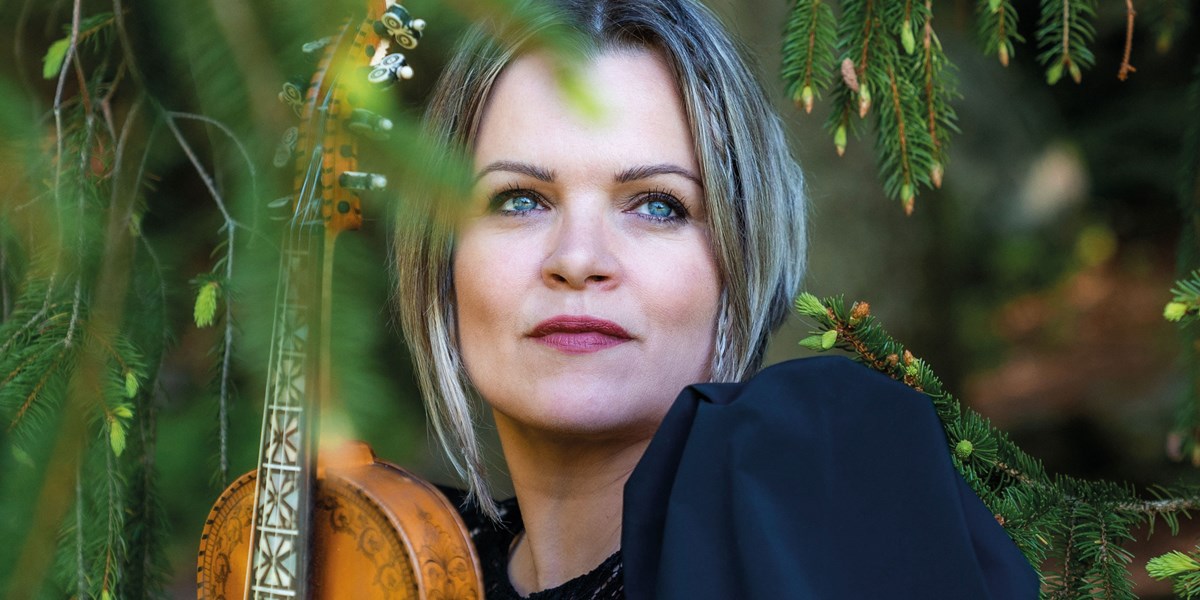Tuesday, May 24, 2022
Annbjørg Lien: A Beginner’s Guide
Fiona Talkington looks back over the impressive career of one of Norway’s most celebrated fiddlers and gets a glimpse of where she’s going next

Annbjørg Lien (photo: Tobias Hole Aasgaarden)

Register now to continue reading

Thanks for visiting the Songlines website, your guide to an extraordinary world of music and culture. Sign up for a free account now to enjoy:
- Free access to 2 subscriber-only articles and album reviews every month
- Unlimited access to our news and awards pages
- Our regular email newsletters

